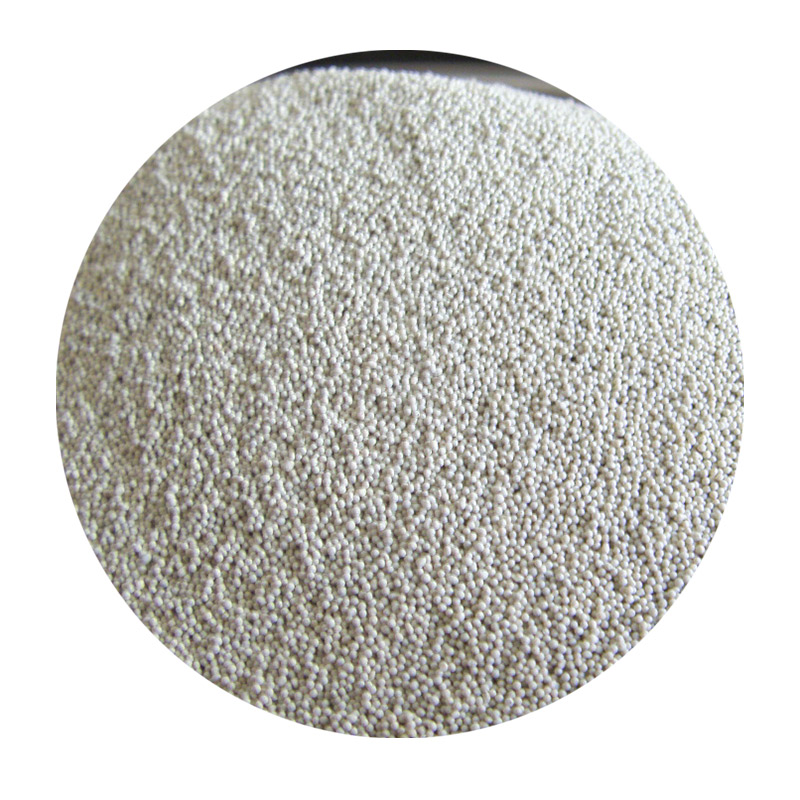Can You Sand a 3D Print?
3D printing has revolutionized the way we create objects, allowing for design freedom that was previously limited to traditional manufacturing processes. However, one question that often arises for both novice and seasoned makers is can you sand a 3D print? While the answer is a resounding yes, the process involves understanding the materials, techniques, and purposes behind sanding a 3D printed object.
Understanding 3D Printing Materials
Before diving into the sanding process, it’s essential to recognize the common materials used in 3D printing. PLA (Polylactic Acid) and ABS (Acrylonitrile Butadiene Styrene) are two of the most widely used filaments. PLA is known for being user-friendly and environmentally friendly, while ABS is favored for its durability and heat resistance. Both materials can be sanded, but they behave differently under abrasive techniques.
Sanding is commonly employed to improve the finish of a printed object. Depending on the application of the 3D print—be it a prototype, a final product, or an artistic piece—the degree of finishing required will vary.
Why Sand a 3D Print?
The primary reasons for sanding a 3D print include
1. Removing Layer Lines One of the characteristics of 3D printing is the visible layer lines that occur during the additive manufacturing process. Sanding can help to smooth out these lines, creating a more visually appealing surface.
2. Achieving a Desired Finish Depending on your project, you may need a specific finish. While some projects may require a rough or textured look, others may need a smooth, polished appearance that only sanding can achieve.
3. Preparing for Painting or Coating If you plan to paint or apply a coating to your 3D print, sanding can help the paint adhere better. A rougher surface provides a more substantial grip for paint, leading to a more even, lasting finish.
4. Fixing Print Imperfections Occasionally, prints may have minor defects such as stringing or blobs, which sanding can help to fix or lessen the visibility of.
can you sand a 3d print

Techniques for Sanding 3D Prints
When sanding a 3D print, it’s vital to approach the task methodically
1. Select the Right Grit Start with a higher grit sandpaper, usually around 200-400 grit for initial sanding to remove larger imperfections. Gradually move to finer grits (600, 800, and beyond) for a smooth finish.
2. Use the Right Technique Sand in a circular motion or along the grain instead of back and forth. This technique helps avoid creating additional scratches and may provide a more uniform appearance.
3. Check Your Pressure Applying excessive pressure can damage the model, especially with delicate parts. Start lightly and gradually increase pressure as needed to achieve the desired results.
4. Use Water For some materials like PLA, wet sanding can be particularly effective. Wet sanding reduces dust and can lead to an even smoother finish.
Safety Considerations
Sanding generates fine particles that can be hazardous to inhale, particularly if using materials like ABS. Always work in a well-ventilated area, and consider wearing a dust mask or respirator to protect your lungs. Additionally, wearing safety glasses can prevent particles from irritating your eyes.
Final Thoughts
Sanding a 3D print is an art and a science, requiring patience and attention to detail. While many might view it as an optional step, the benefits of achieving a polished, professional appearance can elevate your 3D printed creations significantly. Whether you’re creating models for prototypes, artistic pieces, or functional items, sanding can play a crucial role in presenting your work at its best.
In conclusion, if you're wondering whether you can sand a 3D print, not only is the answer yes, but it's also a valuable skill in the 3D printing process. With the right materials, techniques, and care, you can transform your 3D prints into polished works of art. So, equip yourself with sandpaper, take your time, and enjoy the journey from printer to perfect finish!
Post time:нов . 14, 2024 12:28
Next:qum qazanmaq üçün nə tür qum istifadə edilir
